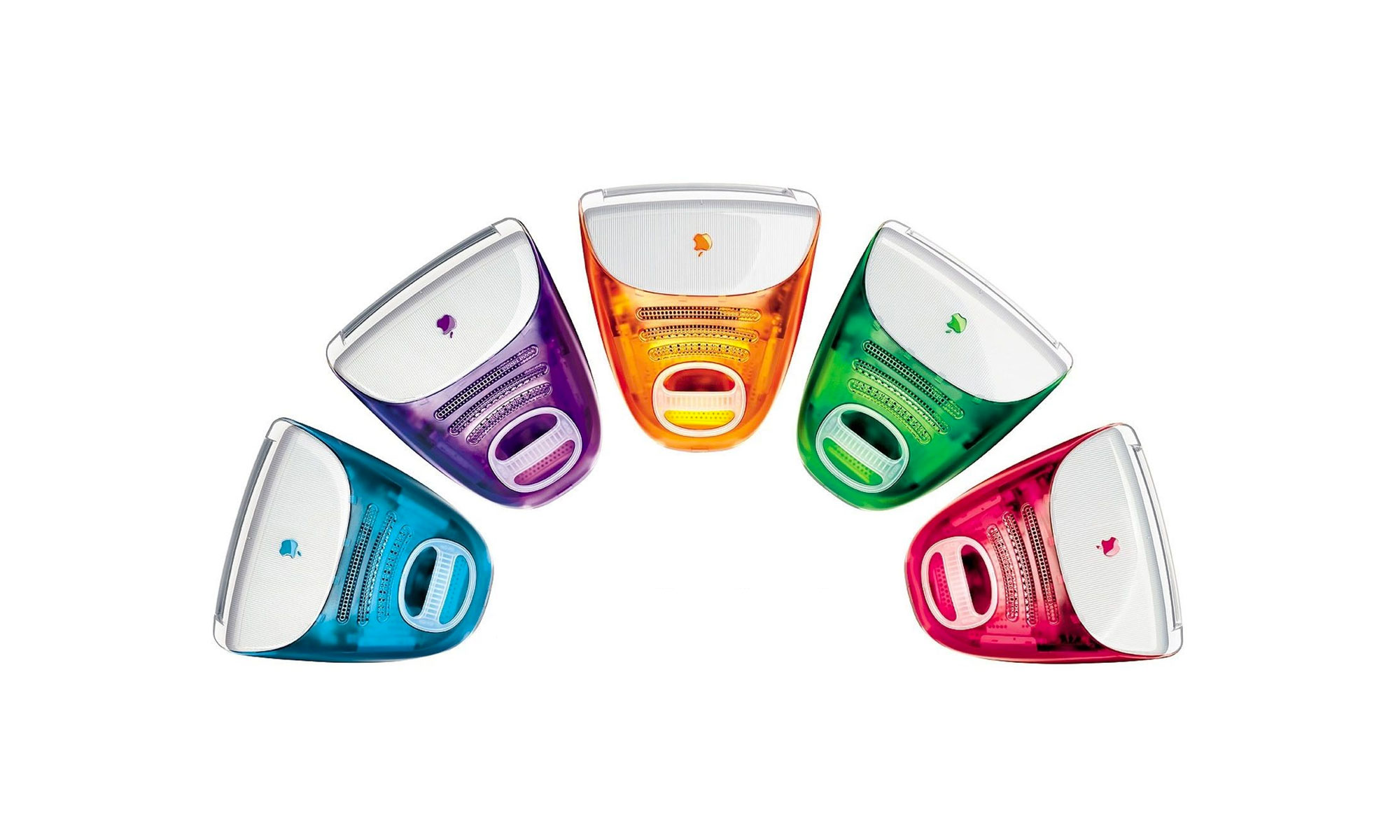4 tips to make faster and better decisions at work
Published on Sun Nov 22 2020 00:02:00 GMT+0000 (Coordinated Universal Time)For almost any meaningful work, you will need to work together with others. The increased output of a team working on something is great, but it comes at a cost of increased coordination.
Your ability to deliver results will be a function of how quickly you make decisions (the efficiency of your decision making process) and the results of your decisions (the effectiveness).
Here are some things I have observed that help.
Tip 1: Determine the problem you are trying to solve
A group of people gets stuck, and they need to make a decision. Do we go with Option A or Option B? It is easy to get stuck, and everyone gets caught up in the details between each option.
To help ground the discussion (and decision), determine the problem you are trying to solve. Often, this action helps unblock the situation and the group proceeds with the option which actually solves the problem.
Tip 2: Identify the decision maker
If you are still stuck, you need a decision maker. If it is not clear who this is, ask. If no one is, nominate someone or cancel the meeting to find the right decision maker.
One might be tempted to continue without a clear decision maker, but this slows everything down. People will then use consensus to make decisions, which is a terribly inefficient way to make decisions.

Consider the decision if the iMac G5 should release with colours or not. This decision was presented to Steve Jobs. Upon seeing the prototypes, Jobs immediately decided Apple would release the new computers in five colours (blue, purple, orange, green and red).
“in most places that decision would have taken months. Steve did it in a half hour.” — Jony Ive (at the time, the Sr. VP of Industrial Design at Apple)
Tip 3: Ask for different options
If you still cannot make a decision. Ask for options. Sometimes a decision is presented in a vacuum. This makes it very hard to decide. Aim to put the decision in context. What are the other decisions this may compete with? What is the timeline for each option? How do these solve the identified problem (see tip 1)?
This can give the decision maker more information, which can help make a decision. Do be careful not to land in analysis paralysis. To prevent that, see the next tip:
Tip 4: Make the decision and revisit the result
At times you will need to make a decision without yet knowing the outcome. That is okay, and waiting till you have all the information can take too long. Instead, make the decision and schedule time for a check-in, be it 1, 3 or 6 months later.
This tactic not only allows you to unblock the dreaded analysis paralysis, but it also helps improve your decision making. Did your decision from 3 months pay off, then it shows you have good judgement. Did it not? Reflect on it. What were the blind spots? Was there any information you had at the time of the decision that should have been interpreted differently?